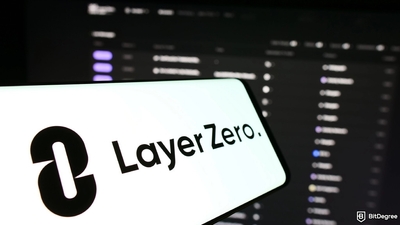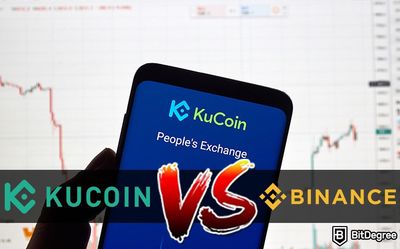Key Takeaways
- The Binance exchange platform doesn't charge deposit fees for both fiat and crypto deposits, but there are a few exceptions depending on the payment method or the crypto asset in question;
- Withdrawal fees for crypto are dynamic based on the coin and network status, while fiat fees typically range from free to a few percent, depending on the chosen method;
- Trading fees follow a maker-taker structure and vary by trading method.
Free Airdrop Season 7 is LIVE! Answer fun questions or do simple tasks to earn rewards from the $30K BitDegree prize pool. Participate Now ! 🔥
You’ve just registered and completed the verification process on Binance—you’re all set and eager to make your first move in the market. But hold on a second! Before making your first transaction, it’s important to understand all related Binance fees, as they can significantly impact your trading experience.
However, you'll need to consider not only the Binance trading fees but also additional payments related to withdrawals and deposits.
That said, let’s break down this topic together so you can factor them into your strategies. Keep in mind, though, that these fees can change over time, so it’s a good idea to check the official website regularly for the latest info on the most up-to-date Binance fees.

Did you know?
Subscribe - We publish new crypto explainer videos every week!
What is Polkadot in Crypto? (DOT Animated Explainer)
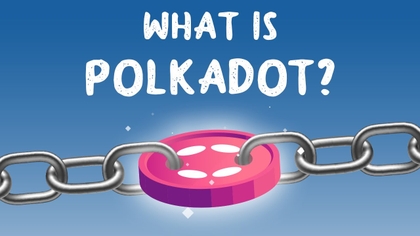

Table of Contents
- 1. Binance Fees
- 1.1. Binance Deposit Fees
- 1.2. Binance Withdrawal Fees
- 1.3. Binance Trading Fees
- 2. Binance Fees Comparison
- 2.1. Binance Fees VS Bybit Fees
- 2.2. Binance Fees VS Kraken Fees
- 3. How to reduce Binance Fees: Tips & Tricks
- 3.1. Using BNB for Transactions
- 3.2. Advance Through Binance Fee Tiers
- 3.3. Make the Most of Limited-Time Offers
- 4. Conclusions
Binance Fees
If you’re here looking up Binance fees, chances are you’ve chosen Binance as your go-to crypto platform—a top choice among crypto enthusiasts. Founded in 2017 by Changpeng Zhao, Binance quickly rose to prominence as one of the leading cryptocurrency exchanges, trusted by millions of users worldwide.
Latest Deal Active Right Now:Head to BitDegree Missions, gather as many Bits as possible & claim your stake of the $30,000 Prize Pool! Don't waste your time & start collecting Bits by completing Missions and referring friends.
Widely known for its user-friendly interface on both desktop and mobile, the platform makes it easy for beginners to buy, sell, and trade a wide range of coins while still catering to pro users with its advanced features.
Binance is also known globally for being secure and reliable, with a strong focus on following regulations. This means you can feel safe managing your digital assets on the platform.
If you’re just getting started, you’ll need to complete a process known as “Known Your Customer” or KYC to verify your identity before you can make your first transaction. This typically involves submitting a government-issued ID, proof of address, and a selfie to ensure a secure experience for all users[1].
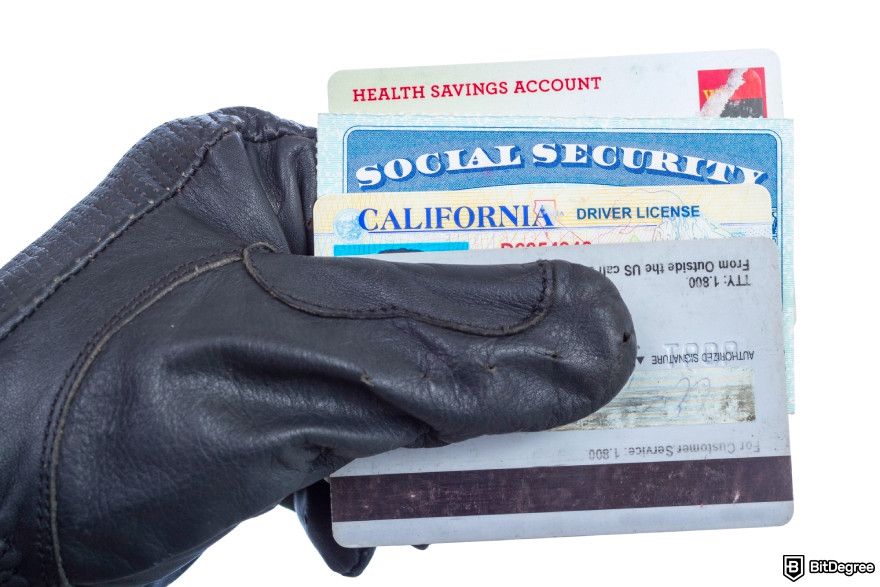
For those interested in exploring the platform's full range of features, be sure to check out this detailed guide once you have completed the KYC process. That being said, let’s focus on exploring Binance fees!
Binance Deposit Fees
Binance deposit fee structure varies depending on whether you’re depositing crypto or using fiat currency.
If you're depositing by directly transferring coins to your account, you'll be happy to know that most cryptocurrencies don't have a fee associated with them. As of writing, the only exception is for Terra Classic and TerraUSD, where a small 0.5% tax burn fee is automatically deducted from your transfer.
On top of crypto Binance deposit fees, each coin also has its own minimum deposit requirements, and these can change based on the network you choose.
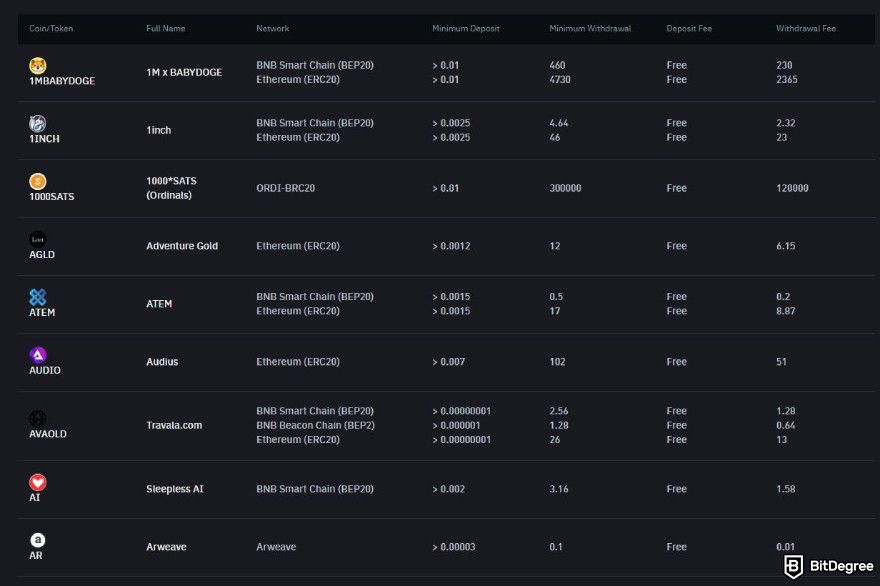
For instance, if you’re transferring Bitcoin using the BNB Smart Chain, the minimum deposit is 0.00000002 BTC. On the Bitcoin network, it’s 0.000006 BTC, and on the Lightning Network, it’s 0.00000001 BTC.
If you don't have any crypto to deposit, you can easily buy some using fiat. Binance supports over 30 currencies, including AUD, EUR, GBP, JPY, IDR, and USD. Many fiat deposit options are free, though some do have small fees. Here are a few examples:
- AED: Online banking - 0.65%; bank transfer - free.
- EUR: SEPA bank transfer - €1 flat; SEPA Open Banking - 0.12%.
- IDR: Online banking to USDT - 10,000 IDR flat; e-wallet transfer to USDT - 2.20%.
- JPY: Corporate bank transfer (SBI) - free; bank transfer - free.
- TRY: Binance Transfer - free; bank transfer - free.
- USD: Al Salam Bank transfer - free.
If you choose to use a credit card (VISA/ MasterCard), Binance fees are imposed 2% per transaction.
Keep in mind that each card transaction has a minimum purchase amount and a weekly spending cap. For example, if you’re using EUR, the minimum purchase is €10, with a weekly limit of €5,000.
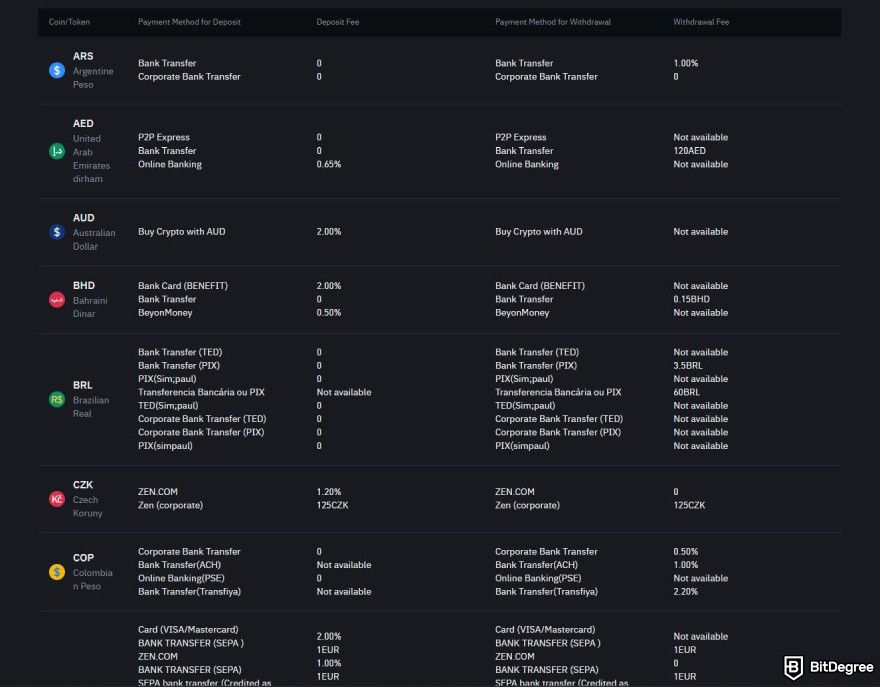
Also, supported payment methods can change over time, and some options may suddenly be unavailable due to regulatory updates. So it’s always a good idea to check for the latest information on the Binance deposit & withdrawal fees page.
Now that you’ve got the hang of deposits, let’s explore Binance withdrawal fees next!
Binance Withdrawal Fees
For fiat withdrawals on Binance, the fees and limits depend on the currency and the transfer method you choose. Each currency has specific minimum withdrawal amounts and fees, which vary by location. Here are some of the examples:
- EUR: Minimum withdrawals start from €1 up to €10,000, with fees ranging from free to 0.12%.
- IDR: Minimum withdrawals start from Rp250,000 up to Rp25,000,000, with fees ranging from Rp10,000 to 1.80%.
- UAH: Minimum withdrawals start from ₴550 up to ₴200,000, with fees ranging from free to 5.50%.
Crypto withdrawals work differently, with fees and limits based on network conditions. Binance dynamically adjusts the prices according to how busy the network is. Therefore, the costs may fluctuate.
Each cryptocurrency has a minimum withdrawal amount and a flat fee. For instance, Bitcoin withdrawals require a minimum of 0.0004 BTC with a cost of 0.0002 BTC, which remains consistent regardless of the withdrawal size.
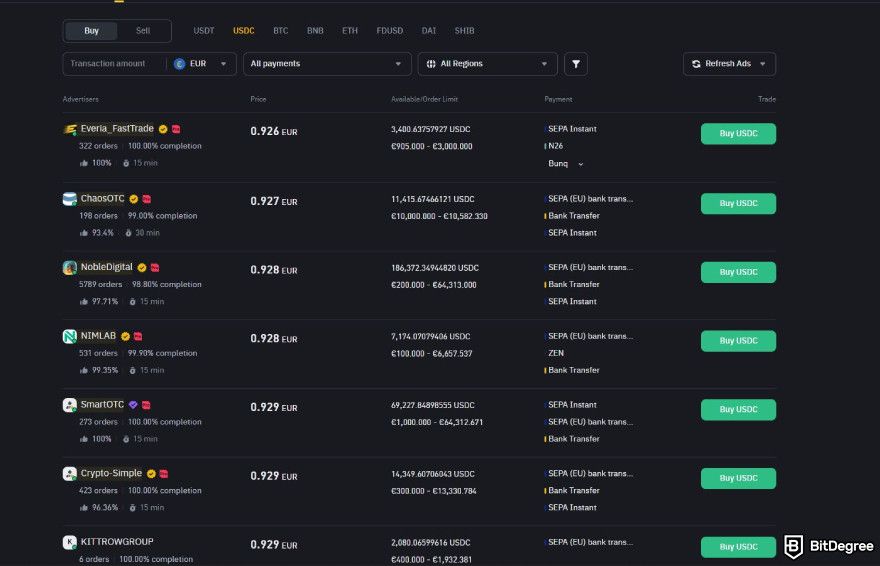
Now, if you don’t see your preferred currency listed for deposit or withdrawal on Binance, you can use the reliable Binance P2P option. This peer-to-peer service lets you trade directly with another user, offering greater flexibility.
Currently, it supports eight cryptocurrencies, including USDT, USDC, BTC, and ETH, with over 700 payment methods available, including in-person cash payment.
Using Binance Peer-to-Peer offers the potential for lower fees compared to standard deposit and withdrawal methods, as some P2P actors offer zero fees—a feature uncommon among such exchanges.
Although it may be slower than traditional methods, the flexibility and potential for reduced cost make it an option worth considering.
Binance Trading Fees
Like most crypto exchanges, Binance trading fees are calculated on a per-transaction basis, typically as a percentage of the trade’s total value.
The fees differ across trading categories—spot, margin, futures, options, NFT, P2P, and fiat trading—each with a distinct fee structure.

Despite these differences, certain factors like trading volume, promotions, and whether you’re a market maker or taker will generally influence your Binance transaction fees.
As a market maker, you typically enjoy lower fees because you add liquidity by placing limit orders that don’t execute immediately. On the flip side, a market taker might face slightly higher fees[2] because their orders fill instantly, which pulls liquidity.
Your Binance trading fees also depend on your 30-day trading volume. Binance rewards active traders with lower costs as they increase their trading volume.
The more you trade, the lower your fees can get as you climb up the VIP tier levels. Each tier offers progressively lower fees, which can really make a difference if you’re trading larger amounts.
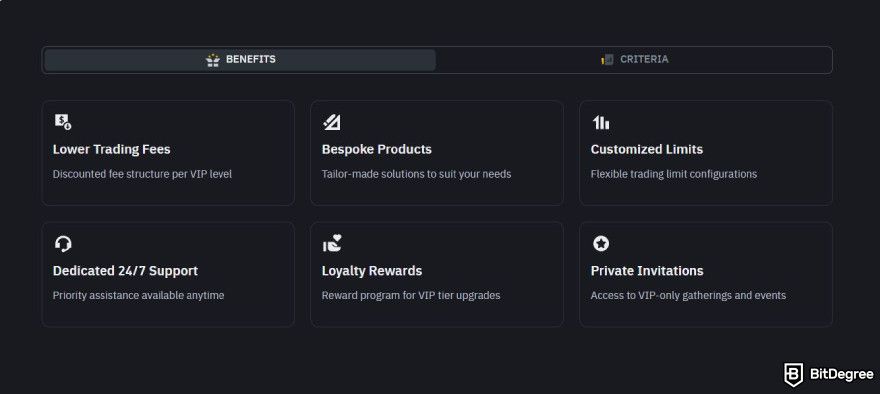
Also, Binance frequently runs promotions and offers that can lower fees across various trading categories. These promotions may include discounts, fee reductions, or even rebate programs.
For example, by holding a specific amount of BNB, you can unlock up to a 25% discount on Binance maker-taker fees—a handy perk for frequent traders.
With all those factors in mind, let’s take a closer look at the Binance fee structure for each trading category.
Spot Trading Fees
Binance Spot fees are set at a standard rate of 0.1% for regular users, which applies to both makers and takers. However, if you’re trading USDC, there’s a slight difference: while makers still pay the standard rate, takers benefit from a reduced rate of 0.095%.
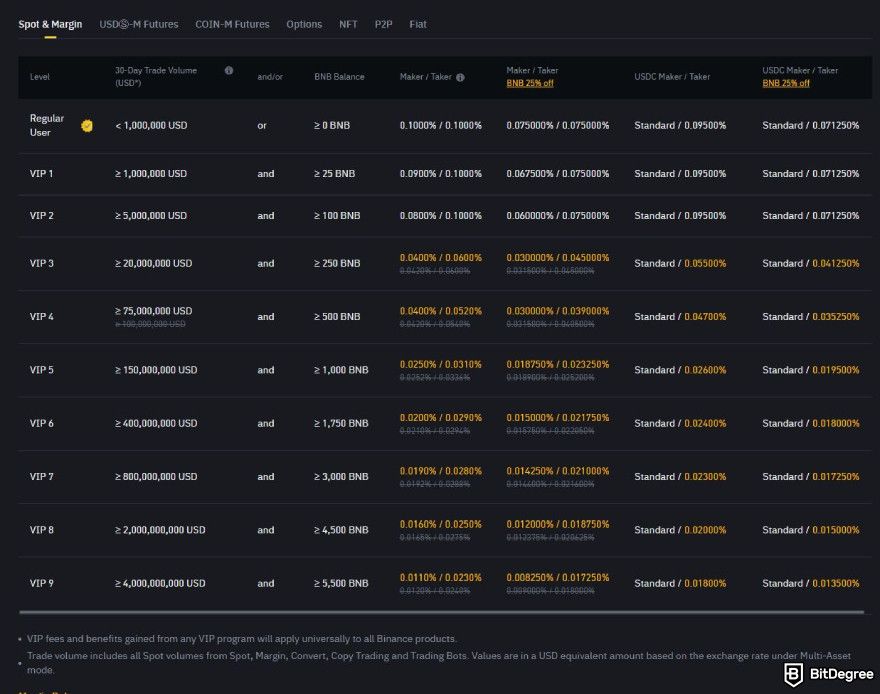
As mentioned earlier, you can lower these fees even further. If you increase your trading volume over 30 days and hold a significant amount of BNB in your account, you could see your Binance maker-taker fees drop to as low as 0.00825% and 0.01725%, respectively.
Margin Trading Fees
With Binance Margin trading fees, there are two types of costs to consider: trading and margin interest rates.
Just like with spot trading, Binance margin trading fees follow the maker-taker model. For regular users, the maker-taker fees start at 0.1%, but if you choose to pay using BNB, you’ll get a 25% discount, dropping the fees to 0.075%. Higher VIP levels bring even lower fees based on your 30-day trading volume and BNB assets.
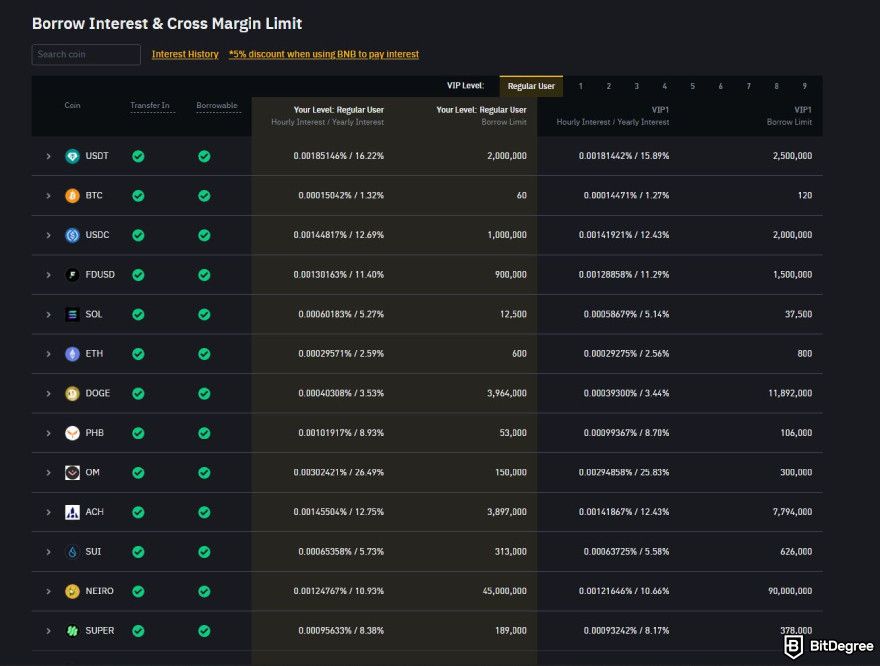
Next, there’s the margin interest rate, which is charged hourly based on the asset borrowed. For example, Bitcoin’s hourly rate is around 0.00014629%, while Ethereum’s could be slightly higher. Similar to trading fees, higher VIP levels reduce these interest rates, and using BNB to pay interest earns a 5% discount.
For the full details, check out the Binance Margin Trading fees page to stay updated on rates across assets.
Future Trading Fees
Binance Futures fees also employ a maker-taker fee model, which is divided into various VIP levels based on your trading volume over the past 30 days and your BNB balance.
Binance offers two main contract types: USD-Margined (USD-M) and COIN-Margined (COIN-M) contracts, each with its own fee structure.
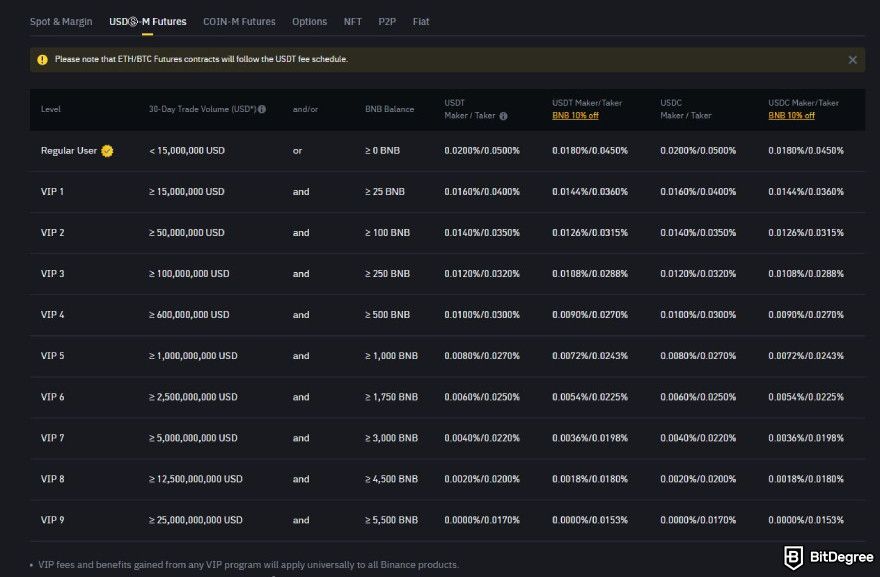
For USD-M and COIN-M Futures, regular users pay 0.02% for maker fees and 0.05% for taker fees. Higher VIP levels enjoy reduced costs, with VIP 9 reaching 0% maker and 0.017% taker fees.
Also, if you use BNB to cover your fees on USDT-M, ETH/BTC, and USDC-M Futures, you can get an extra 10% off. Just keep in mind that this Binance futures fee discount isn’t available for COIN-M contracts.
Now, you may be curious about Binance leverage fees for both contract types. The good news is that the platform doesn’t charge leverage fees. However, it’s important to note that Binance offers different leverage tiers based on the size of your position.
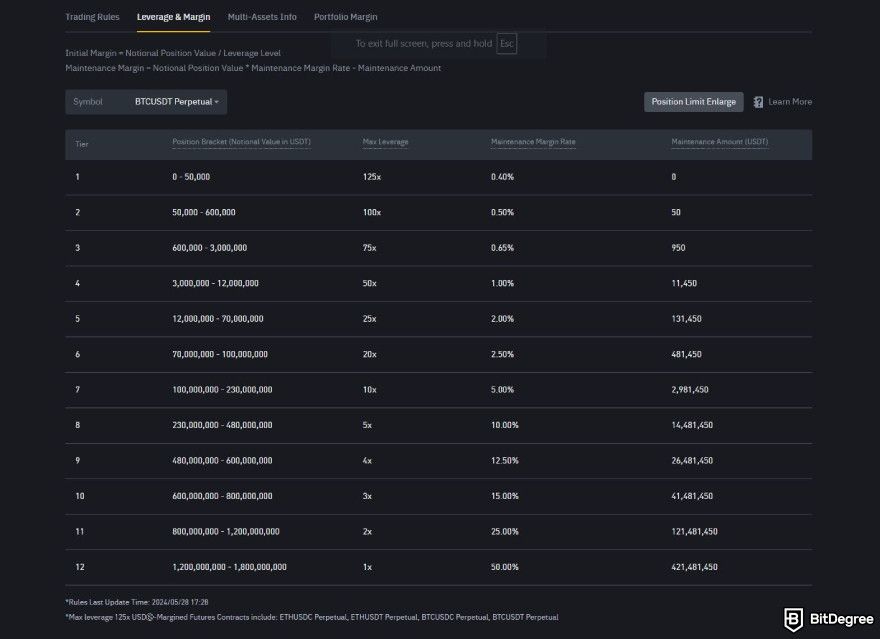
The maximum leverage ranges from 1x to 125x, with larger positions restricted to lower leverage limits. Additionally, maintenance margin rates vary from 0.40% to 50.00%, depending on the position size and the contract type.
So, while there’s no direct Binance leverage fee, you should carefully consider how much leverage you plan to use, as larger positions will have stricter leverage caps and margin rates.
Option Trading Fees
Binance Options trading fees involve two main types: transaction and exercise fees.
The transaction fee applies whenever you open or close an options position. It’s calculated based on the asset’s Spot Index price at the time of the trade and is capped at 10% of the option’s value. Binance option trading fees for both maker and taker are set at 0.03% for all users.
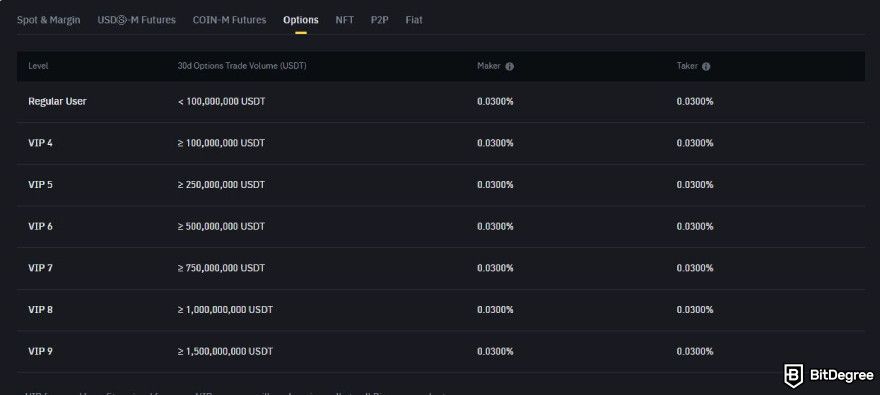
The exercise fee comes into play when you decide to use your option. This fee is linked to the option’s settlement price and is also capped at 10% of the option’s value, with a rate of 0.015%.
NFT Trading Fees
If you’re interested in the world of digital collectibles, you’ll be glad to know that Binance has an NFT marketplace. The fees for trading NFTs on the platform are based on Binance fee tiers, similar to what you’ll find with the other trading categories.
For sellers, the platform fee starts at 0.9% when trading NFTs, but the great news is that it can drop as you reach higher VIP levels—potentially reaching as low as 0.1%.
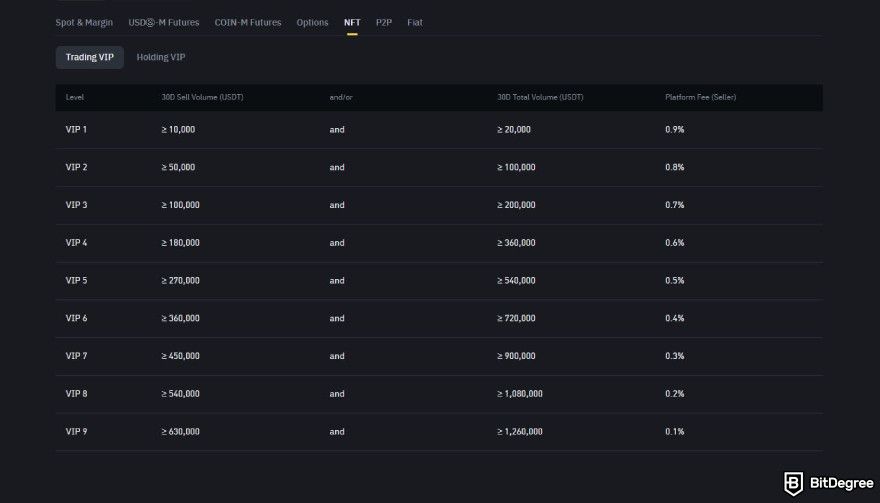
Now, if you're more into holding your blue-chip NFTs, there's a special holding tier. The prices here also start at 0.9%, but as the value of your holdings goes up over 30 days, you could see those fees decrease to 0.6%.
Fiat Trading Fees
Binance fee tiers also apply to its fiat trading services. Maker fees start at 0.1000%, and taker fees start at 0.1500%, but they can be reduced to as low as 0.0110% for makers and 0.0230% for takers as you progress through the tiers. Plus, you can receive special discounts by using BNB to pay for fees.
Convert Fees
If you’re looking to instantly swap crypto, you’ll be glad to know there are no Binance Convert fees. This means that you can easily exchange your digital currencies whenever you want without worrying about added costs.
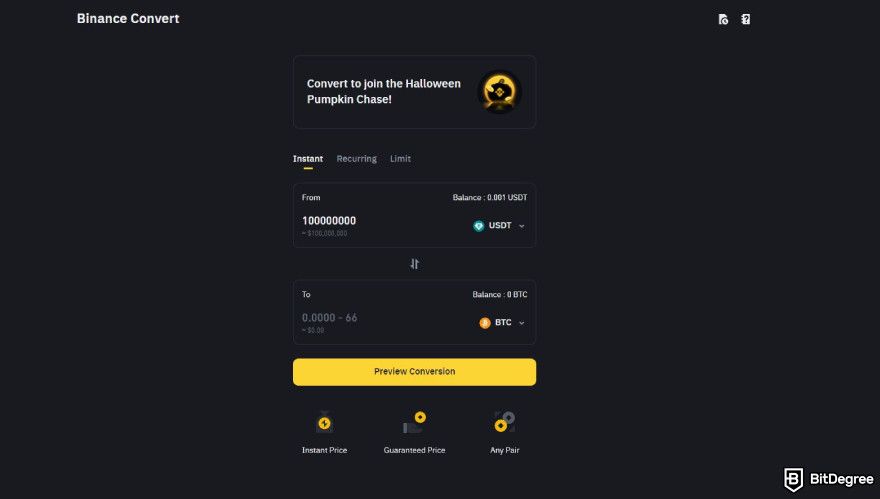
As of writing, this service supports over 350 cryptocurrencies, giving you access to more than 45,000 conversion options. With such a wide selection and the added benefit of no Binance Convert fees, it’s an appealing alternative to traditional spot trading, giving you the flexibility to diversify your portfolio effortlessly.
Binance Fees Comparison
Now that you understand all the Binance fees you might encounter, it’s a good time to see how they compare to other popular platforms. Knowing these differences can help you make a better decision about whether Binance transaction fees fit your trading needs.
In this comparison, I’ll break down the trading, deposit, and withdrawal fees of two other well-known platforms: Bybit and Kraken.
Binance Fees VS Bybit Fees
When comparing Bybit and Binance fees, one notable similarity is that both platforms have a similar tier system that rewards you with discounts based on their trading activity and asset balance. That being said, they work a bit differently.
On Bybit, you can qualify for a certain VIP level just by meeting one of two criteria: either having a certain asset balance or reaching a specific trading volume in the last 30 days.
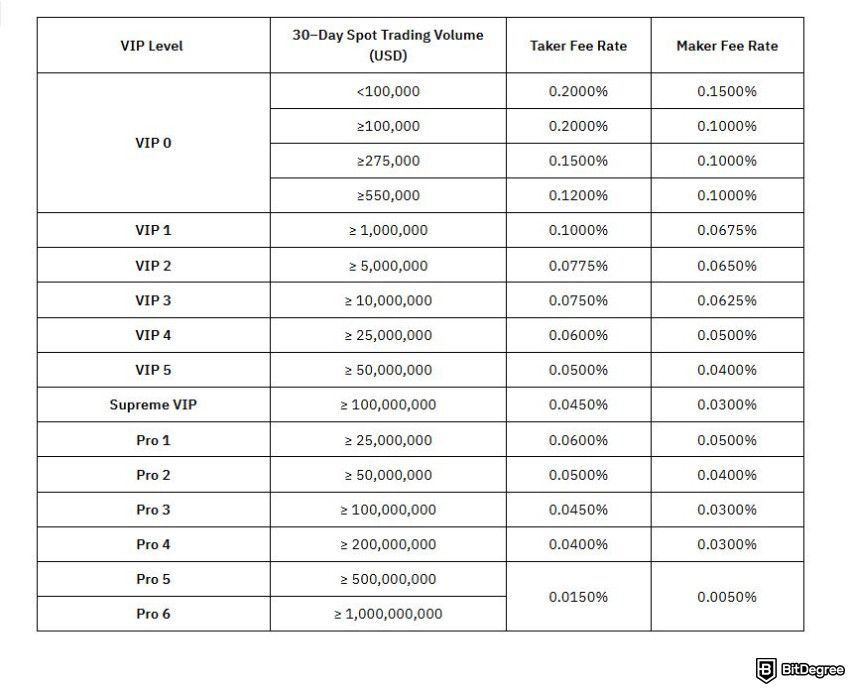
For example, if you have a $250,000 balance (VIP 1) but you hit a trading volume of $6 million (VIP 3), you'll still bump up to VIP 3 and enjoy the benefits of this tier.
On the other hand, Binance requires you to meet both criteria for each VIP level. For instance, to qualify for VIP 3 in Binance spot fees, you need a trading volume of at least $20 million, along with 250 BNB on your balance.
While Binance has higher requirements, it rewards high-volume traders with lower fees at those top levels. At VIP 5, with $150 million in trading volume and 1,000 BNB, you can enjoy really low maker-taker fees of 0.0250% and 0.0310%, plus a chance to reduce them even lower using BNB.
If you’re not trading massive volumes, you’ll probably be interested in the non-VIP or regular user fees. In that case, Bybit and Binance keep it pretty similar, with a 0.1% fee for both makers and takers on spot trades.
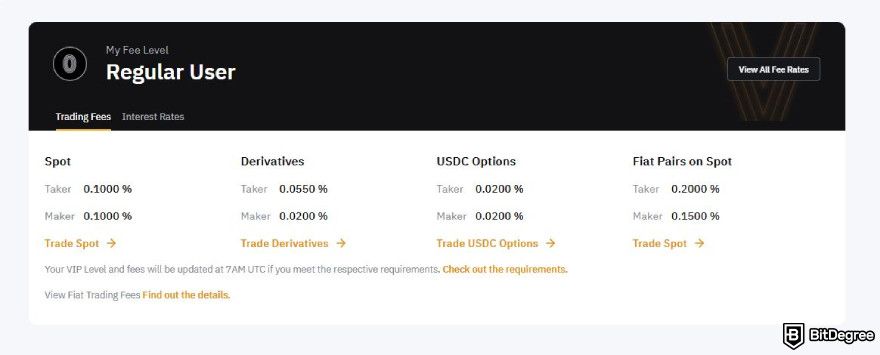
Bybit’s fees for perpetual and futures trading are close, too, with takers paying 0.055% and makers 0.02%. Compared to Binance options trading fees, the contender has a slight advantage with a 0.02% rate for both taker and maker.
As for deposits, Bybit doesn’t charge any fees for adding assets to your account, just like Binance. Similarly, withdrawal costs vary based on the crypto and the network you choose, as each coin has its own associated prices. Fiat deposit and withdrawal fees can also fluctuate depending on your payment method.
All in all, Bybit can be more accessible if you’re building your way up in trading, while Binance could be more appealing if you’re aiming to minimize fees at higher trading volumes.

Did you know?
Subscribe - We publish new crypto explainer videos every week!
What is Terra Luna? History & Crash Explained (ANIMATED)


Binance Fees VS Kraken Fees
If you’re weighing options between Binance and Kraken, you’ll find that each platform also has its own fee structure designed for different needs.
As mentioned, Binance spot fees start relatively low, with discounts available if you hold BNB or reach higher VIP levels. However, it should be noted that Binance fee tiers have higher entry requirements.
In this aspect, Kraken offers a more accessible tiered fee structure, especially if you’re trading at moderate monthly volumes.
You can qualify for lower fees sooner on Kraken as its first VIP benefits kick in at $500,000 in trading volume, reducing maker fees to 0.08%. If you’re trading at higher tiers, Kraken can even get maker fees down to 0%.
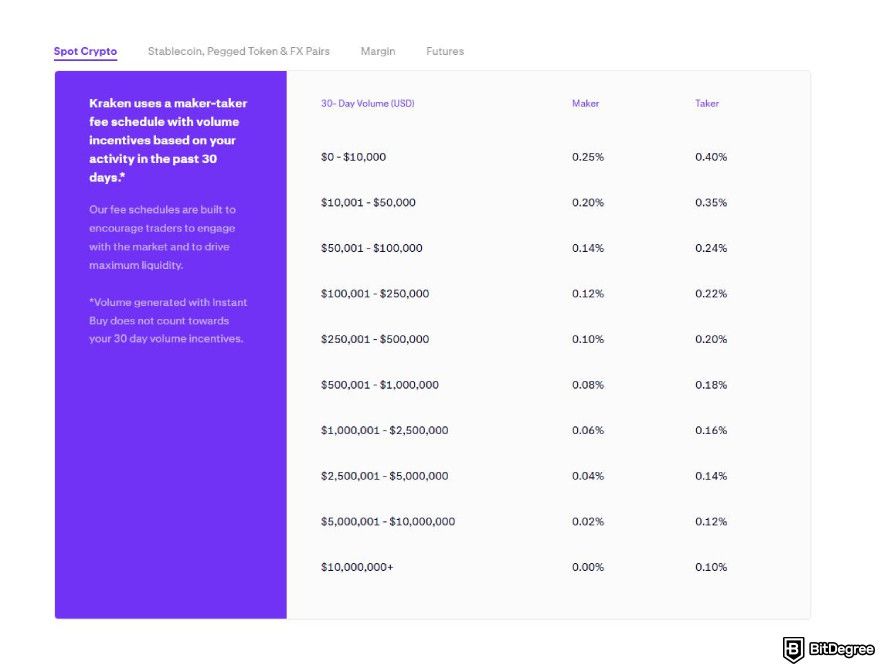
That being said, for casual traders with lower volumes, Binance may be a preferable choice. Kraken charges higher fees for regular users—0.25% for makers and 0.4% for takers on spot trades.
When it comes to deposits and withdrawals, Kraken’s fees can change depending on the currency and payment method. The platform adjusts these based on costs, market conditions, or demand, so it’s a good idea to check out Kraken’s deposit or withdrawal pages for the latest details before making any transaction.
Overall, Binance generally caters to entry-level and high-volume traders with competitive fees, while Kraken may suit mid-level traders looking to access lower fee tiers more quickly. Ultimately, your choice depends on your trading volume and preferred assets.
How to reduce Binance Fees: Tips & Tricks
Now that you’re familiar with Binance and how it compares to other platforms, you might be curious if there are ways how to reduce Binance fees or even how to avoid fees Binance charges for its service entirely. This is a good question, especially if you’re just starting out with a smaller budget and want to keep your trading costs as low as possible.
While it's difficult to avoid the fees Binance imposes without bending any rules (and that's definitely not a good idea!), there are plenty of friendly, legitimate strategies you can utilize.
Using BNB for Transactions
One of the simplest ways to save on Binance transaction fees is using their native coin, BNB. By doing this, you can get a 25% discount on fees for regular trades and a 10% off for futures trades, which can save you quite a bit of money over time.
To take advantage of these discounts, you’ll need to hold some BNB in your Spot Wallet and activate the “Using BNB Deduction” function. Here’s how you can set it up:
- Option One: Go to the [Spot Trading page], click on [Fee Level], and toggle [BNB/USDT] on or off.
- Option Two: Head to the [Fees & Transactions Overview] page, where you can toggle [BNB Discount] on or off.
Once you activate this feature, Binance will automatically use your BNB balance to cover fees whenever you trade. As long as you have enough BNB in your account, you’ll get discounts on every transaction.
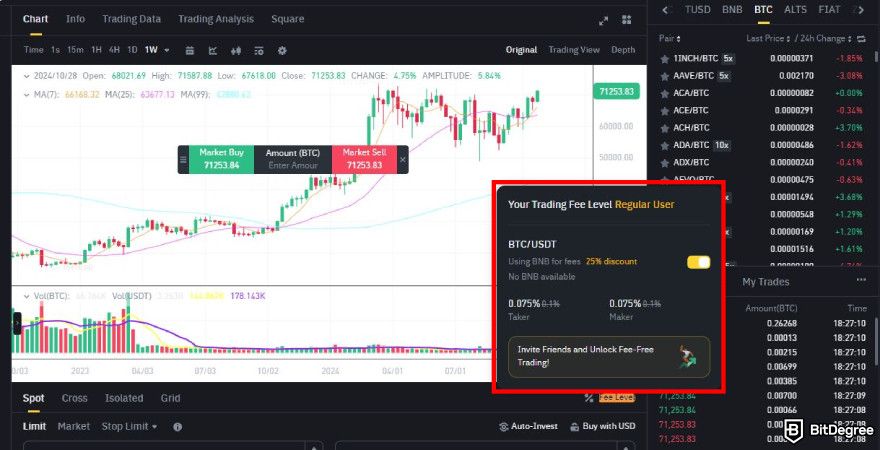
To see how this works, let’s imagine a quick example:
Suppose you’re a regular user placing an order to buy 10 ETH at 25,000 USDT each. Normally, the fee would be 0.01 ETH (0.1%). But with BNB, your Binance convert fee is reduced to 0.0075 ETH—saving you money instantly.
By understanding how to reduce Binance fees using BNB, you can ensure that you’re getting consistent savings on your trades. So, make sure to keep some BNB in your account to enjoy these fee reductions whenever you make a transaction!
Advance Through Binance Fee Tiers
Climbing the VIP ranks might not be the easiest option, but it’s one of the most effective ways to reduce Binance fees.
There are nine tiers, and as you move up, each level comes with better discounts on maker-taker fees. To increase it, you’ll need to hit certain requirements for your trading volume over 30 days and maintain a specific BNB balance.
For instance, to achieve VIP 1, you need to trade at least $1 million in that month and keep a 25 BNB daily balance in your account. At this level, your Binance trading fees decrease from 0.1% to 0.09%.
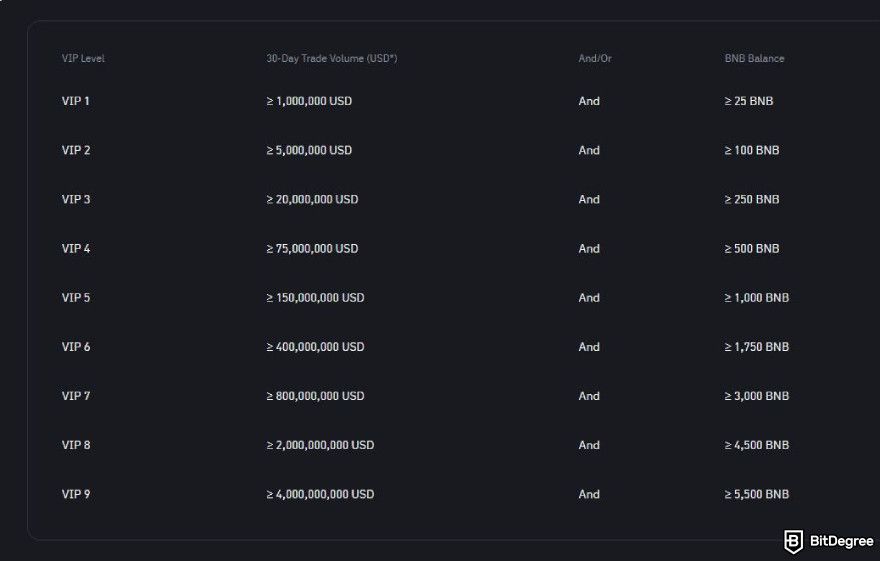
The higher you go, the bigger the discounts. By the time you reach VIP 9, your Binance maker-taker fees can be as low as 0.011% and 0.0230%. Plus, if you use BNB to pay your fees, those can drop even further to 0.00825% and 0.01725%.
If this program sounds appealing and you want to start climbing the VIP ranks immediately, keep in mind that your status gets updated daily at 00:00 (UTC) based on your recent trading volume and BNB holdings.
Beyond just fee savings, moving up in VIP levels also brings some nice perks, including lower interest rates, higher withdrawal limits, more borrowing capacity, increased API order frequency, dedicated account support, and access to the exclusive Binance VIP Portal.
Climbing through the VIP program can really help to reduce Binance fees significantly, especially if you’re a pro who frequently trades in large volumes.

- Secure and reliable
- Accepts fiat currencies
- Lots of trading options
- Reputable exchange
- Accepts fiat currencies
- Offers various trading options

- Fiat currencies - accepted
- Simple to use
- Accepts only the most trustworthy cryptocurrencies
- A leading cryptocurrency exchange platform
- Best for beginner investors
- Accepts fiat currencies

- Beginner-friendly
- Secure
- Decent trading and withdrawal fees
Make the Most of Limited-Time Offers
Binance sometimes runs limited-time promotions that can help you cut down on fees. These can range from reduced trading fees on specific pairs to zero fees on particular deposit or withdrawal methods.
To make sure you don’t miss out, just keep an eye on Binance’s announcements or check out its promotions page regularly. You never know when a new promotion might pop up and give you an opportunity to save some cash.

This method is especially useful if you’re already an active trader on the platform. By timing your transactions around these promos, you can keep those costs down and make the most of your strategy.
While you may not be able to fully avoid the fees Binance imposes, these strategies can help you lower them effectively. By fine-tuning your approach with these tips, you can save more and make the most of every trade.
Conclusions
Wrapping things up, it’s fair to say that Binance fees are among the most competitive in the market, standing tall alongside other popular exchanges like Kraken and Bybit. Its fee structure is specifically designed to help you save as your trading volume increases and BNB holdings grow.
While climbing fee tiers does require you to trade a lot and have a good amount of BNB coins, the regular fees are still very friendly for casual traders. This setup makes Binance a versatile platform for crypto enthusiasts at any level, whether you’re just starting out or actively trading and aiming to optimize your expenses.
The content published on this website is not aimed to give any kind of financial, investment, trading, or any other form of advice. BitDegree.org does not endorse or suggest you to buy, sell or hold any kind of cryptocurrency. Before making financial investment decisions, do consult your financial advisor.
Scientific References
1. N. Mansoor, K. F. Antora, P. Deb, et al.: 'Review of blockchain approaches for KYC';
2. A. Brauneis, R. Mestel, R. Riordan, et al.: 'The anatomy of a fee change—evidence from cryptocurrency markets'.




